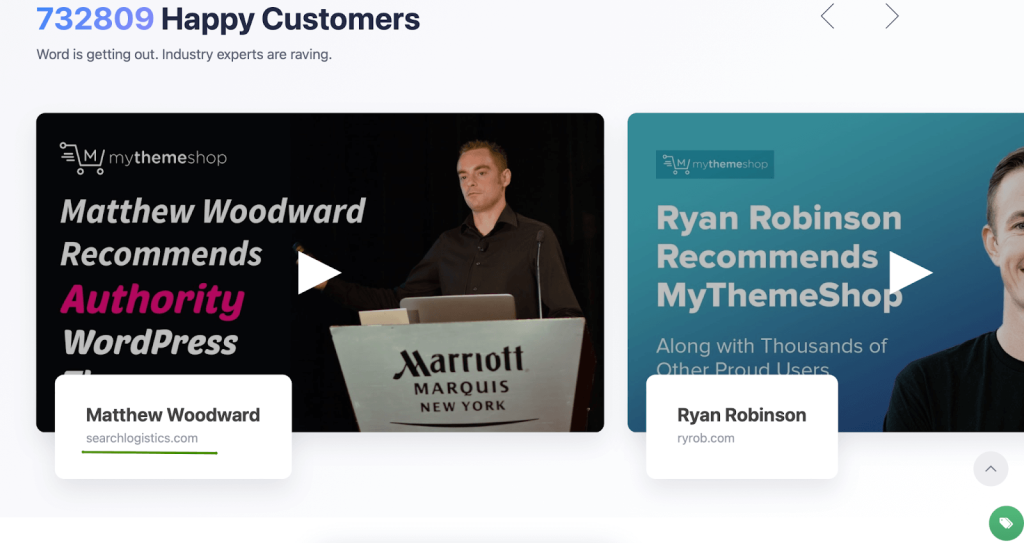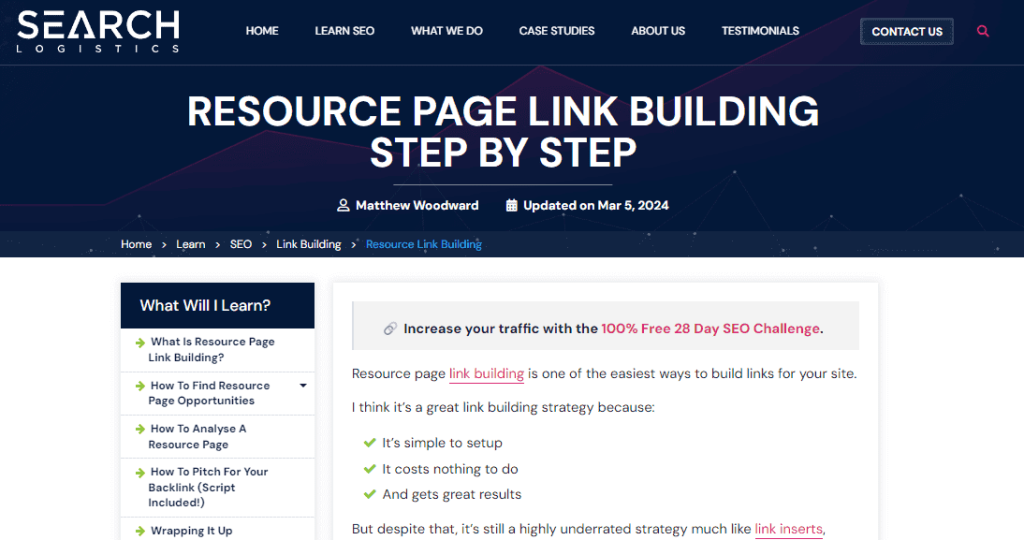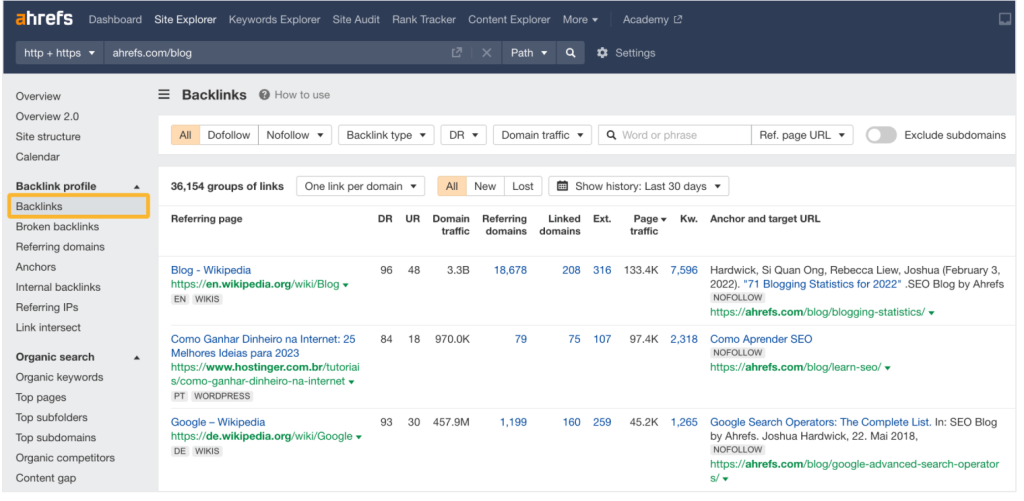Disclaimer:
While this post discusses key aspects of SEO, please note that War Room does not offer these services. However, we believe in a holistic digital approach, where various tactics like paid, social, SEO work together to complement your overall marketing strategy. Our focus is on programmatic advertising, using data-driven strategies to optimize paid media campaigns. If you’re looking to boost your ad performance, we’re here to help!
Are you spending endless hours on outreach, writing excellent guest posts, and obsessively checking your analytics to see if Google has noticed all your effort?
Here’s the deal: Link building is challenging and time-consuming but worth it for your biz. Unfortunately, there’s no magic trick for easy, quality links. You have to work for those game-changing backlinks.
But don’t lose hope just yet! There are some smart moves you can make to snag high-quality links without all the hassle. One of them is testimonial link building. It’s a killer strategy for grabbing links from top-notch sites in your field.
In this article you’ll find out the ultimate guide on getting free backlinks by writing testimonials on other products/services.
What is Testimonial Link Building?
Testimonial link building is about getting a backlink from a reputable website in your niche in exchange for a positive experience feedback of their products or services. Displaying such testimonials on a website helps other businesses get word of mouth and boost brand recognition while you get a valuable backlink to boost your SaaS SEO services and overall SEO.
Let’s say, your company’s pretty awesome at customer service relations. Thus, you could boost your SEO game by writing testimonials for customer relationship management tools you genuinely use and appreciate, like Zendesk, Zendesk alternatives, Salesforce, or HubSpot or other alternatives. When those testimonials land on their websites, they’ll hook you up with a link back to your own site. This not only boosts your link profile but also makes you look even more legit.
But writing up stuff you don’t use, like construction gear, won’t help much. Relevance is vital here.
Here is a real case of how testimonial link-building works👇
Matthew Woodward is an SEO and online marketing expert promoting his services via a personal website. He built it with the help of a WordPress theme. This experience was great, so he shared it in a video testimonial. After creating a video, Matthew asked the MyThemeShop company reps if they’d like to feature this testimonial on their homepage. Their team agreed. So, here is what it looks like:
As you may see, there is an active link to Matthew’s website under the video.
Result: Matthew got a DR90 homepage do-follow link, dramatically boosting his brand authority and ranking higher on Google.
Simple.
But also massively effective.
The Benefits of Testimonial Link Building Strategy
Growing your website’s SEO metrics, like domain authority, traffic, or brand visibility, is the main perk of using testimonial links. But some pretty nice bonuses come with this strategy, too:
- Opposite to the standard guest posting, there is no need to write long reads to get a high-quality backlink. The testimonial size is about a paragraph, which is much easier and cheaper in production.
- All businesses value the power of testimonials. Most businesses engage people to share customer feedback on their products. That’s why testimonial link building pitches have more positive replies than broken links or guest posting.
- There’s a tendency to consider people featured in testimonials as experts. This is a great way to build trust and show that your business is legit.
- Being featured on the main page of other websites relevant to your niche can bring you additional sales. After reading your testimonial, potential customers might click on your link.
Sounds great, isn’t it? Let’s find out how to implement this tactic!
6-Step Guide to Earn Free Backlinks by Writing Testimonials
The good news is that you don’t need to be a tech expert. The base of testimonial link building is a spreadsheet for process management, writing testimonials, and sending out emails to people who don’t know.
Additionally, you may need tools to find emails or check website SEO metrics. We’ll explain all those nuances below.
1. Identify Reputable Websites of Products/Services to Write Testimonials About
Here is a list of questions to ask yourself while choosing a target:
- Can I actually vouch for a product/service a website provides? Start with solutions you use/used. But keep in mind that companies can check your client status. Your reputation is on the line.
- Does it have enough Domain Authority (DA) and traffic? The higher these metrics are, the better result you’ll get. For instance, there is a part of experts’ advice to target websites that have over 30 DA and 5,000 traffic/mo. It is easy to check with tools like Ahrefs’ Website Authority Checker, Moz Free Domain SEO Analysis Tool, Semrush Domain Overview, etc.
- Is this website relevant to your niche? Does it provide solutions for your readers? Getting backlinks from relevant websites will first boost your expertise for Google. Then, it is also about people who’ll read your testimonials.
- Is a company already displaying testimonials on its site? Do those testimonials include backlinks?
- Is a website trustworthy and secure?
The stuff you’d put on your website list can vary greatly based on your niche. For example, suppose you’re all about online marketing. In that case, here may be theme creators, email hosting services, tools for scheduling social media posts, email marketing apps, design tools, SEO agencies, web developers, and more.
How to Find Target Websites?
Sure thing, you’ll start with a list of tools you’ve used before. When it ends, try the following methods:
- Google products relevant to your industry. For instance, as a marketer, you can search for “the best tools for ecommerce marketing” or “ecommerce marketing resources.”
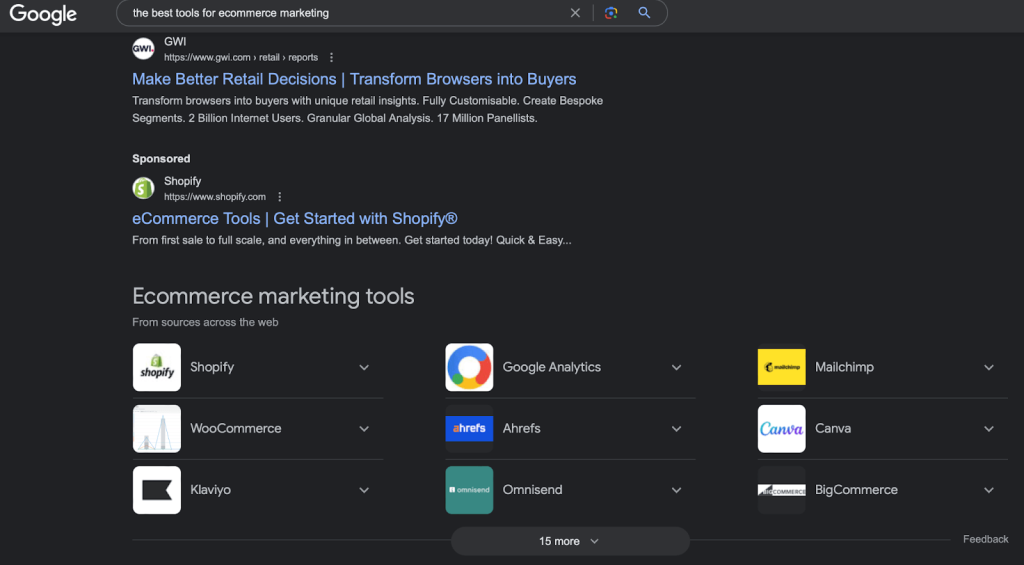
- Check what products and services your competitors recommend. Check out the resource pages of influencers in the same industry as you.
- Pay attention to product launches in your niche on ProductHunt. Such companies often require testimonials to boost first sales.
As a result, you’ll have a list of potential websites for testimonial link building. It is better to keep them in such a spreadsheet:
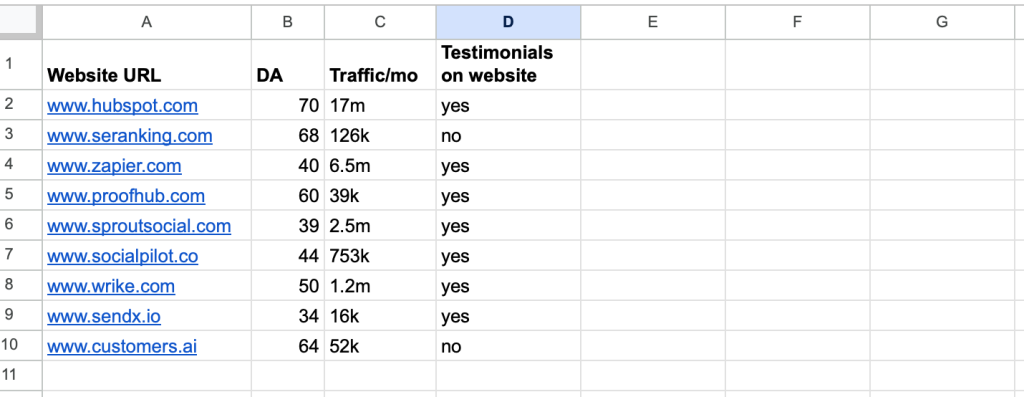
2. Find Business Contacts to Reach Out To
There’s always an option to find business contact details just by browsing a website. This strategy is great when you have 10-20 websites on your list. But if there are over 1,000 URLs, it is time to automate this process.
Among the best email lookup tools here are:
- FindThatLead
- Hunter.io
- Voila Norbert
- Snov.io
- LinkedIn Sales Navigator
- Clearbit Connect
They all work the same: you put a website URL, and service finds for your email addresses or LinkedIn profiles associated with that domain. Additionally, you can specify roles you need, like CEO, CMO, marketer, etc.
After you’re done, there’s one more column that should appear in your spreadsheet:
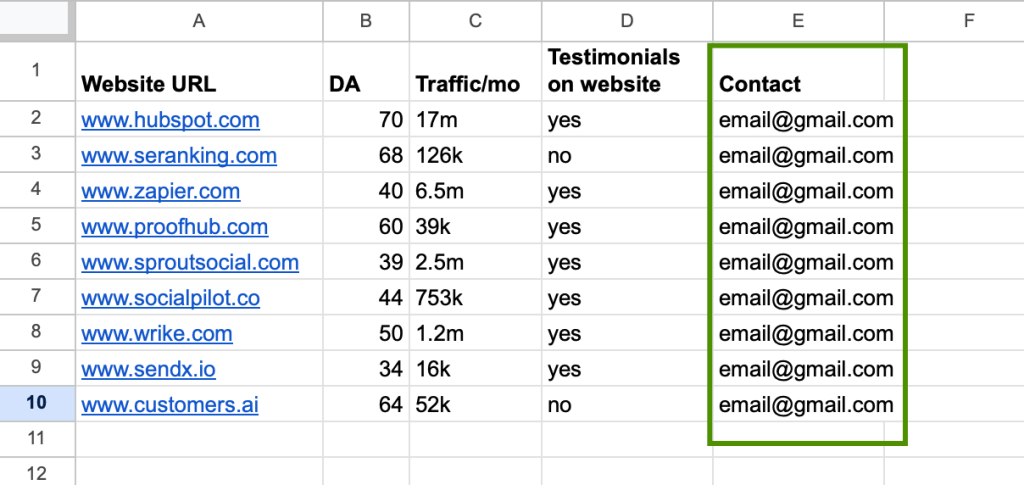
3. Pitch the Idea of a Testimonial
[3 Ready-Made Templates]
The primary rule here is to pitch the testimonial idea first and, only then, work on the testimonial itself!
As for the email copy, start by explaining what you want to do and how it can help the recipient’s business. Avoid generic email. Keep your message short and personalize elements like website, industry, product title, name, how it affected your work, etc.
Here are a few script examples for you:



Pro-tip: It is better to test several pitch variants to identify the one that converts the best.
Indeed, this is only the first email (the most important one). After that, you need to define the type of testimonial: will it be a short blurb or a video? How long should it be?
Eventually, don’t forget to track this step in your spreadsheet:
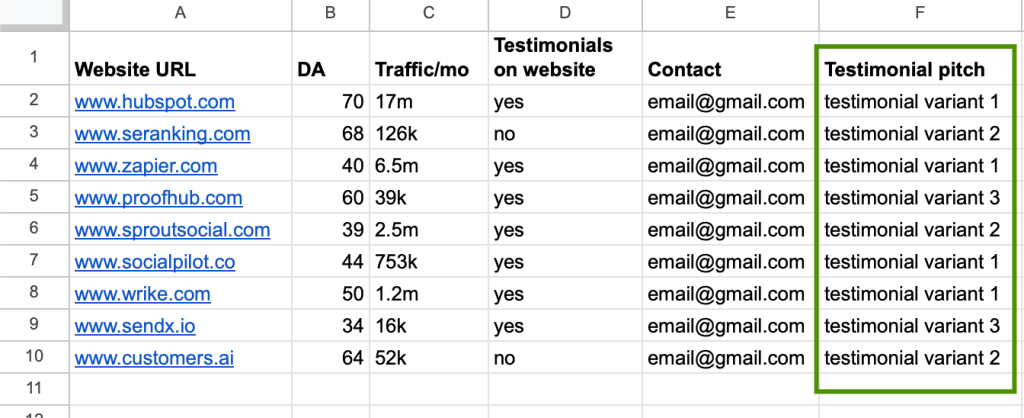
4. Write or Make a Video Testimonial
When the testimonial pitch gets a green light, it’s time for writing or video editing. Here are some best practices to write a compelling testimonial.
Bad Testimonial Example:
This service is great! I recommend it to all my friends!
Good Testimonial Example:
As a marketer using [product], I’ve used it for various tasks, including creating engaging social media posts, designing email marketing campaigns, and crafting stunning presentations. I’m impressed that it took me only 5-10 minutes to create visuals with [product].
The bad example has a strong chance of never being published. It has no value as it’s so generic and doesn’t offer any insights of your experience.
Your testimonial goal is to persuade potential buyers that a product/service is worth their time and money.
Here are some advice on crafting a killer testimonial:
- Highlight a problem you tried to solve with a tool. Mention your goal or role in the company.
- Mention features that helped you solve those issues.
- Tell readers about the process. What metrics did a product influence? These can be the speed of content production, the conversion rate, sales, or website traffic.
- Add a backlink to your website within the author bio part or a testimonial text.
5. Follow-Up If You Don’t Receive a Response After a Reasonable Period
If you don’t see a reply 3-5 days after sending the first email, send a polite follow-up email. People tend to read and forget things, or your email gets lost in the inbox/spam.
Here are some follow-up email examples for your inspiration:
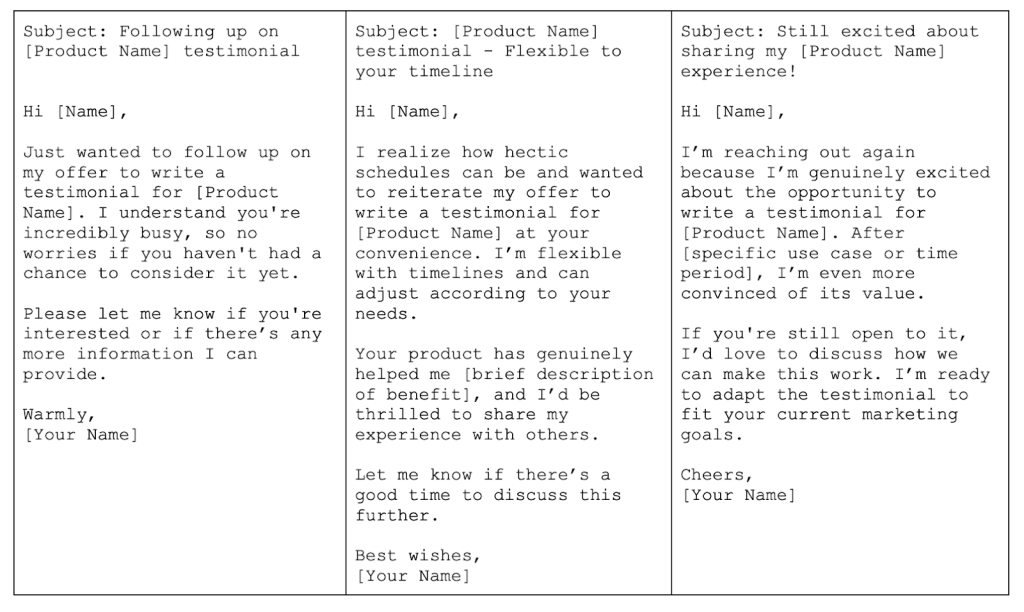
We recommend tracking this process in the same spreadsheet:

By the way, there can be more than one follow-up. For instance, two or three with 2-3 day intervals.
6. Monitor Your Backlinks
Once you’ve got your backlinks live, monitoring them from time to time is vital. Why? Companies tend to change their websites, team members, and strategies. As a result, they can update the website and delete your testimonial.
Thanks to services like Google Analytics or Ahrefs, you can notice that and contact the company to fix the issue.
In Conclusion
Now you know why many marketers chose testimonial link building over other methods. Crafting testimonials is a practical approach for effortlessly getting free backlinks. By selecting products that resonate with your site and audience, you can secure links with significant weight in Google’s consideration.
Just follow these steps:
- Identify product websites in your niche.
- Find business email addresses to reach out to each of them.
- Pitch your testimonial idea.
- Write a testimonial.
- Follow-up if your email was ignored.
- Monitor backlinks.
Remember, consistency and genuine engagement are your best tools in this journey!

Want more digital marketing tips?
Sign-up for War Room’s newsletter to get digital marketing articles and resources delivered to your inbox!









